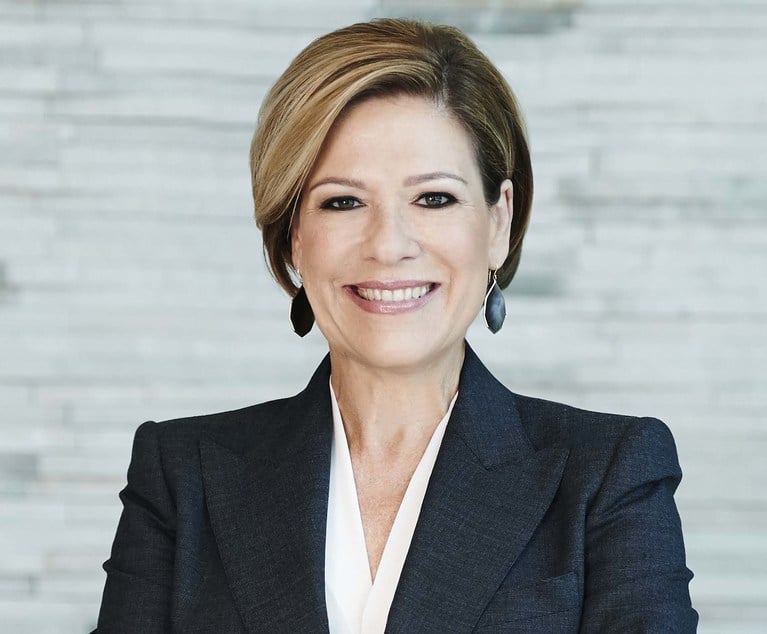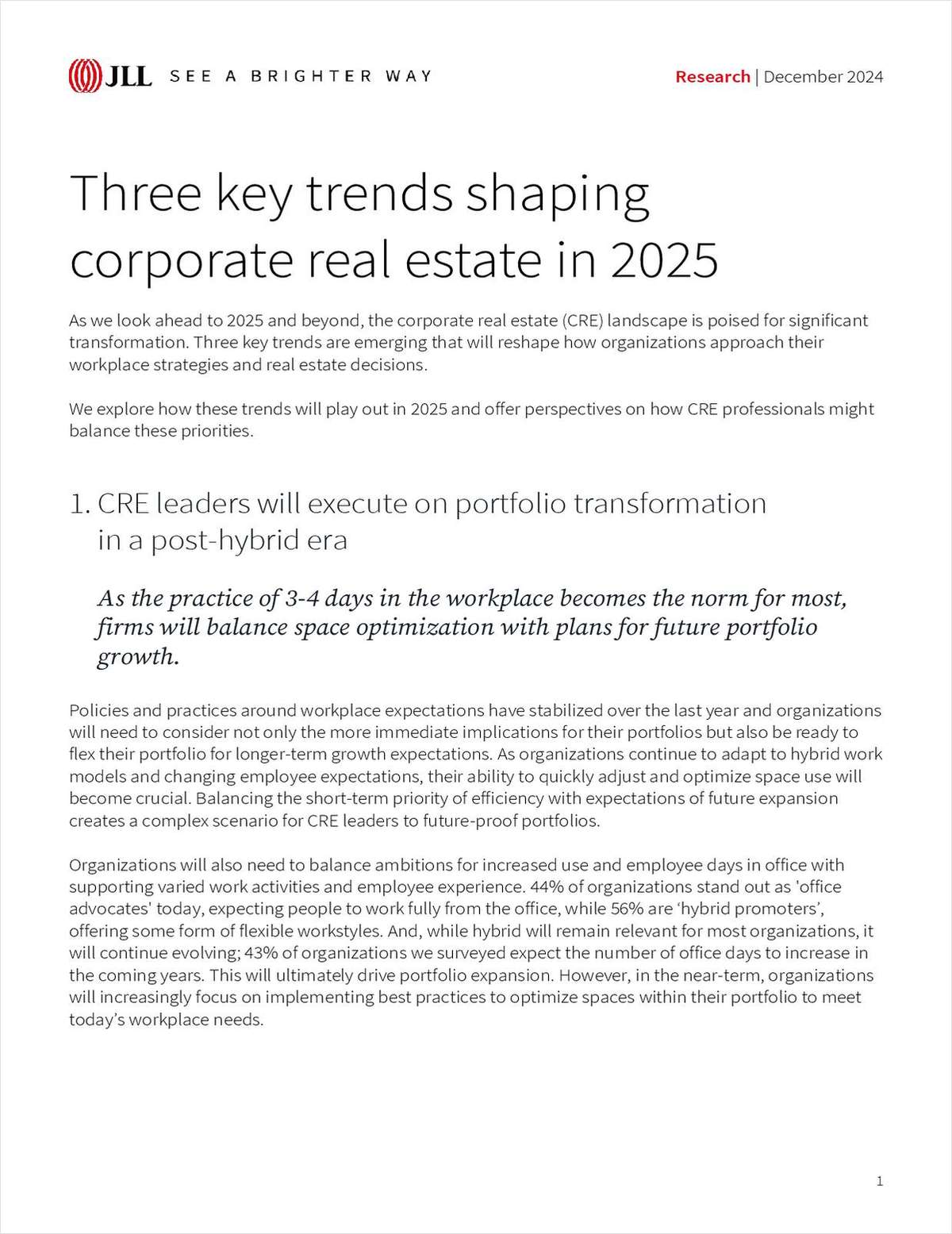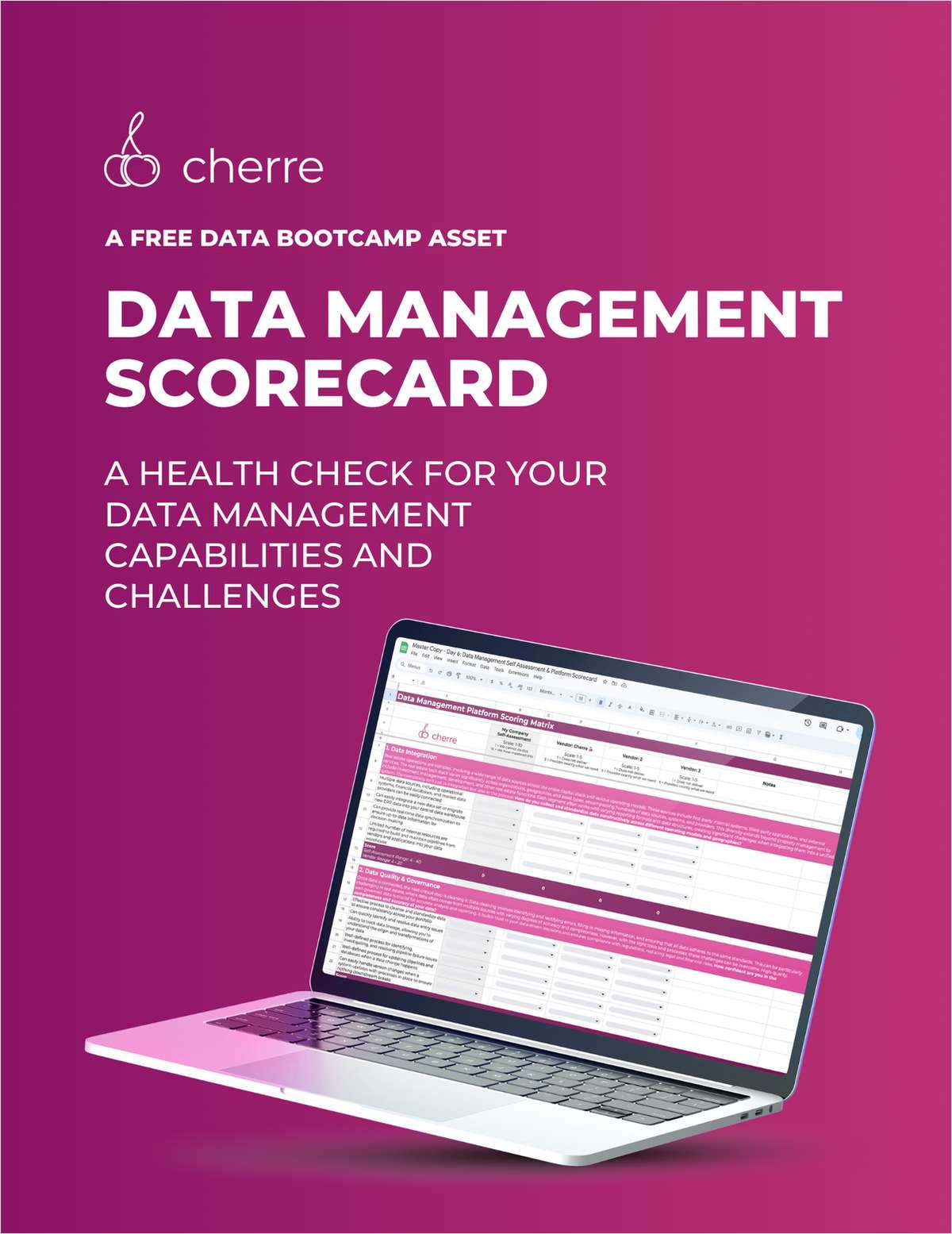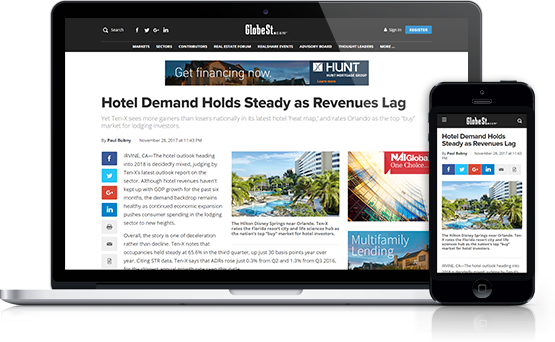SAN DIEGO—Growing up, CREW member Stacy Cannon, loved art and drawing and was always looking for something creative. Technically, the licensed architect in California and a senior associate in the Gensler San Diego office, could draw well, but struggled to create something new. "My left brain took over and had to make it look 'right,'" she tells GlobeSt.com. "When it came to selecting a college major I landed on architecture because I was good at math and science but craved that creative outlet."
While in school, Cannon says that she learned to push the boundaries more and think creatively, but that is not where she shined. She wanted to know the "why." The "Why are we doing this project?" and the "How is it used?" and "who is this for?" In the commentary below, Cannon dives into the business of architecture and her personal quest.
The views expressed below are the author's own.
I kept hearing that "architects are not good business people." There was a perception that because they are creative, they can't make business decisions. That was my niche! I decided to get my MBA because I believed that it is not one or the other, that there is a "Business of Architecture." Good space can translate into good business. It was what I learned from my peers in the MBA program that was the most invaluable. I learned what motivated them and the "why" behind their business decisions.
What is the business case?
All projects are being done for a reason. The client has some business reason for seeking out a design professional. It may be as simple as a lease coming up or it may be a fundamental change in a business model or brand. Architects have been trained to look for solutions in a different way. It is up to us to help define the right question and create solutions that both improve the environment as well as support the business model. A good architect understands their client's business. By understanding the business you can translate that into space that supports the business both aesthetically and functionally.
We are a service industry
Design is not making widgets. When hiring an architect you are not buying a prescribed design, you are hiring a partner in your real estate decision.
This is a business of creating solutions: architects understand how space is used and how space affects users. Again, it is our job to understand our client's business so that we can solve their business challenges.
To better service our clients, we need to listen.
- Listen for what is different, not what is familiar – we want to make a space that is unique to their challenges.
- Spot assumptions and probe further - challenge your client not to make assumptions either
- Don't pre-judge
- Let them talk – sometime the act of talking gets it out in the open. It does not only help the designer understand, but helps them to understand it as well
- Summarize what you heard
Relationships are key
It is all about who you know and who you trust. It is important to take the time to appreciate others, not just collect business cards. Become a trusted advisor for your clients and they will continue to come back because they know you have their interests in mind.
- Focus on your client as a person not just a role
- Strive for better services not a specific outcome
- Be truly curious without supposing an answer
- See your client as an equal on a joint journey
Selling your idea
Great ideas can be lost in a poorly told story. People are taught to persuade by intellectual reasoning and build their case with facts and statistics. While this is important, people are suspicious when it is just another pitch. Ultimately is it more impactful and memorable to motivate by uniting around an idea. Telling a good story engages your audience, harnesses imagination and makes an emotional connection.
When I started in architecture school I learned to think creatively. Business school taught me how to relate to my business partners. I took this knowledge into my professional career and balanced my right and left brain. I became the translsator between my clients in business and my colleagues in design. When I can better think like my client by understanding their business, I can be a better resource and to lead them on this creative journey.
Want to continue reading?
Become a Free ALM Digital Reader.
Once you are an ALM Digital Member, you’ll receive:
- Breaking commercial real estate news and analysis, on-site and via our newsletters and custom alerts
- Educational webcasts, white papers, and ebooks from industry thought leaders
- Critical coverage of the property casualty insurance and financial advisory markets on our other ALM sites, PropertyCasualty360 and ThinkAdvisor
Already have an account? Sign In Now
*May exclude premium content© 2025 ALM Global, LLC, All Rights Reserved. Request academic re-use from www.copyright.com. All other uses, submit a request to [email protected]. For more information visit Asset & Logo Licensing.








